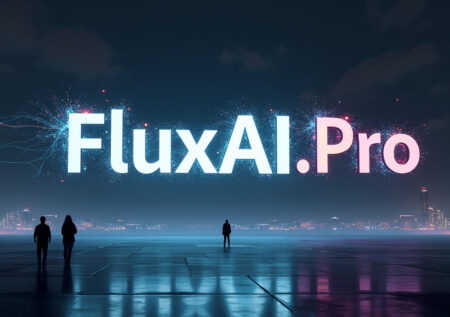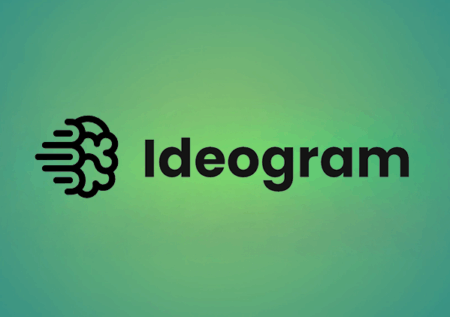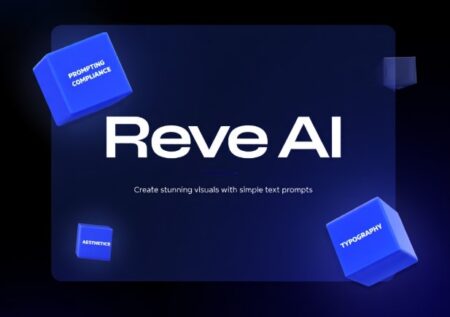Stable Diffusion is a latent diffusion model that generates high-quality, customizable images from text and image prompts, enabling creators to produce stunning visuals with unparalleled control and efficiency.
Stable Diffusion has quickly become one of the most popular AI image-generation tools, known for its open-source foundation and ability to create high-quality, customizable visuals.
Unlike its predecessors, Stable Diffusion’s ability to run on consumer-grade hardware and its highly customizable nature have made it an indispensable tool for artists, designers, and hobbyists alike. It represents a significant leap forward, making the once-complex process of AI-powered image generation accessible to a global audience and opening up a new frontier for creative expression.
Stable Diffusion has emerged as a groundbreaking force in the world of generative AI, democratizing the creation of digital art. This powerful, open-source model allows anyone to transform a simple text prompt into a high-quality, detailed image in a matter of seconds.
Unlike many closed platforms, it empowers users with more control over how images are generated and gives developers the freedom to build their own applications around it. Whether you’re a digital artist, content creator, or simply curious about AI, understanding Stable Diffusion can unlock a new world of creative possibilities.
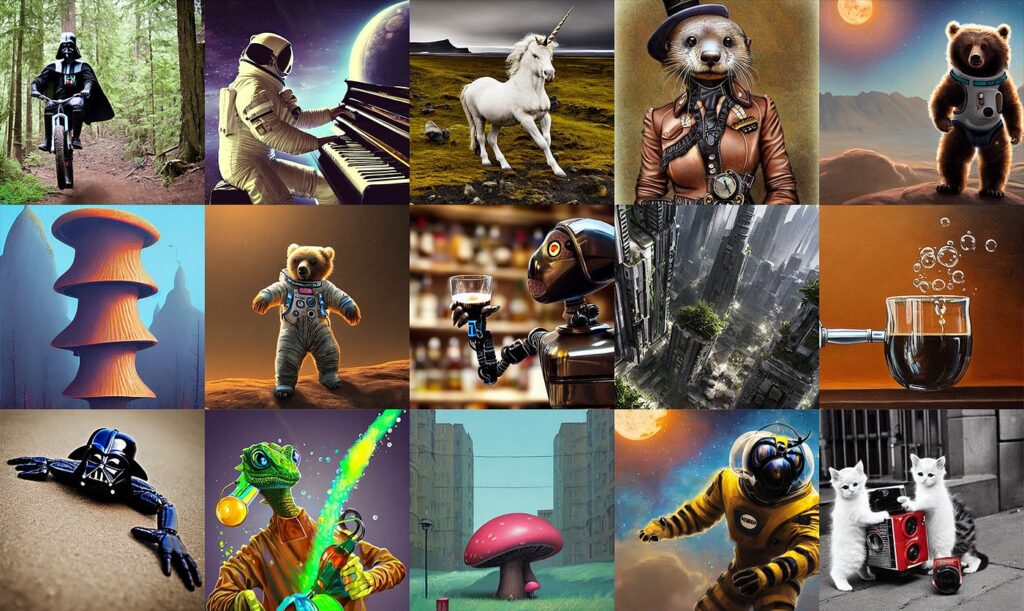
Getting Started with Stable Diffusion
Starting with Stable Diffusion may seem complex at first, but it’s easier once you know the options:
- Choose Your Setup – You can run Stable Diffusion locally on your computer or access it through web-based platforms that host the model. Running it locally requires a GPU with decent VRAM (usually 6GB+), while cloud services let you get started instantly.
- Install the Software – If you’re running it yourself, you’ll need to download the model weights and an interface such as AUTOMATIC1111 WebUI. Many tutorials and guides are available to walk you through installation.
- Craft Your Prompts – Once everything is ready, simply enter a text prompt describing the image you want. For example, “a futuristic city at sunset, ultra-realistic, cinematic lighting.”
- Refine Your Outputs – Stable Diffusion lets you adjust parameters such as guidance scale (how closely the model follows your prompt), resolution, and steps (how many refinements are applied).
- Experiment with Extensions – Plugins and add-ons allow for advanced features like face correction, inpainting (editing parts of an image), and even turning sketches into polished artwork.
How We Tested Stable Diffusion
To evaluate Stable Diffusion, we approached it from both a beginner and advanced user perspective:
- Beginner Use Case – We ran simple prompts on a basic local setup with a mid-range GPU to check ease of installation and output quality.
- Advanced Use Case – We experimented with custom models and extensions, testing inpainting, upscaling, and prompt engineering.
- Performance Check – We compared speed and image quality across local installs and web-based services.
- Creative Flexibility – We tested how well it handled different styles (realism, fantasy, anime, abstract) and how much control users had over fine details.
Stable Diffusion Pros and Cons
- Open-source and free to use
- Highly customizable with models and extensions
- Works offline for privacy and full control
- Large community support and frequent updates
- Capable of producing high-quality, detailed images
- Requires a strong GPU for local use
- Setup can be technical for beginners
- Can generate inconsistent results without careful prompting
- Legal/ethical concerns around AI-generated content
- Some features may overwhelm casual users
How Does This Work?
At its core, Stable Diffusion is a latent diffusion model. Instead of generating images pixel by pixel, it works in a compressed “latent space,” which makes the process faster and more efficient. Here’s a simplified breakdown:
- Noise Addition – The model starts with random noise instead of a blank canvas.
- Diffusion Process – Step by step, it removes the noise while aligning the output with the given text prompt.
- Latent Space Transformation – Instead of working directly with huge image files, it processes images in a smaller, abstract representation, making it computationally efficient.
- Text-to-Image Alignment – Using a model trained on text-image pairs, it interprets your prompt and shapes the image accordingly.
- Final Output – After multiple iterations (steps), the noise transforms into a coherent image that matches your description.
This combination of efficiency and flexibility is what sets Stable Diffusion apart—it balances performance with creativity, giving users powerful tools to explore AI art.
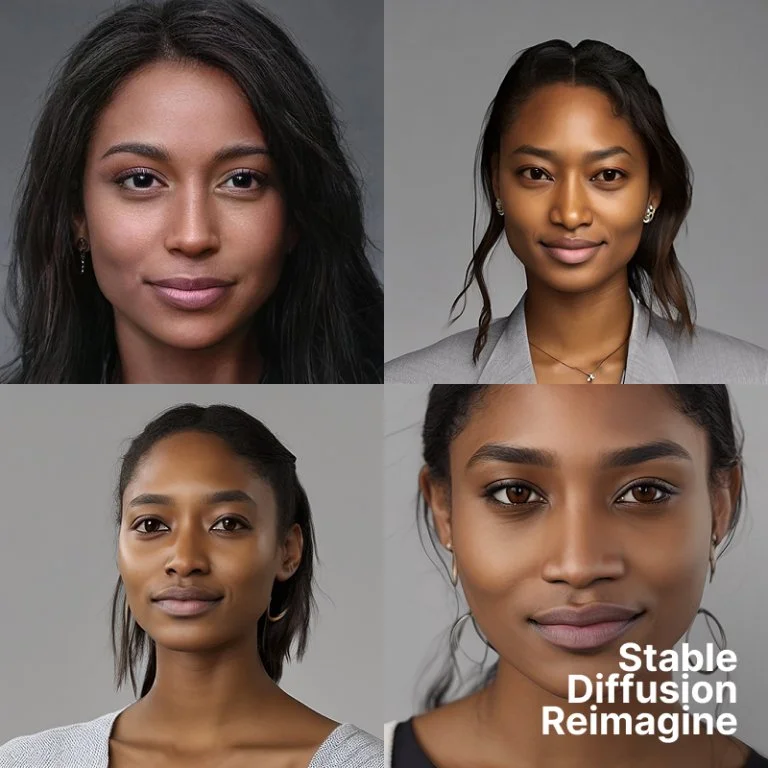
Features and Functionality
Stable Diffusion’s core functionality revolves around its ability to generate high-quality images from simple text prompts, known as text-to-image generation. This process is highly customizable, allowing users to fine-tune the output by adjusting parameters like the guidance scale (how closely the image follows the prompt), inference steps (the number of denoising steps), and seed value (for consistent results).
Beyond creating images from scratch, Stable Diffusion also excels at image-to-image transformations, where it uses an input image as a base to generate a new image based on a prompt. This is used for tasks like stylizing a photo or turning a sketch into a detailed painting.
Stable Diffusion comes packed with capabilities that make it stand out:
- Text-to-Image Generation – Create images from any text prompt.
- Image-to-Image Transformation – Turn sketches or photos into polished digital art.
- Inpainting – Edit or replace parts of an existing image seamlessly.
- Outpainting – Expand images beyond their original borders.
- Style Customization – Apply different artistic styles (realism, anime, oil painting, etc.).
- Offline Usage – Run it locally for privacy and complete control.
- Community Models – Access a huge library of fine-tuned models shared by creators.
- Upscaling – Enhance resolution without losing detail.
Special Commands and Parameters
To get the best results, Stable Diffusion allows users to tweak settings and use specific parameters:
- CFG Scale (Classifier-Free Guidance Scale) – Controls how strictly the model follows your prompt. Higher values = more faithful, but less creative.
- Steps – Number of iterations for refining an image. More steps = higher detail (but slower).
- Seed – A number that ensures reproducibility. Using the same seed + prompt gives the same result.
- Aspect Ratio / Resolution – Decide the size and orientation of your image.
- Negative Prompts – Tell the model what not to include (e.g., “no text,” “no blur”).
- Sampler – The algorithm that controls how noise is removed; different samplers affect image sharpness and style.
These parameters allow fine-tuning and experimentation, giving users immense control over outputs.

Pricing of Stable Diffusion
Since Stable Diffusion is open-source, you can use it completely free if you install it locally. However, many hosted platforms and services charge for convenience and extra features.
| Option | Cost | Notes |
|---|---|---|
| Local Installation | Free | Requires a capable GPU (6GB+ VRAM recommended). |
| Stability AI DreamStudio | Pay-as-you-go credits (e.g., ~$10 for 1,000 generations) | Official paid API and web platform. |
| Third-Party Platforms | $5–$30/month (varies) | Easier access, cloud-based, often with extra tools. |
| Custom Models & Extensions | Free or donation-based | Shared by the community for specialized outputs. |
Is Stable Diffusion AI Free?
Yes, Stable Diffusion itself is free to use because it is open-source. Anyone can download the model weights and run it locally without paying a subscription fee.
However, if you don’t have a strong computer or prefer the convenience of online services, you may need to pay for platforms that host Stable Diffusion in the cloud. These services usually charge based on usage or offer monthly plans.
Is Stable Diffusion AI Safe?
Stable Diffusion is generally safe, but there are important considerations:
- Privacy – Running it locally means your images and prompts stay on your device, offering maximum security. Using hosted services, however, may involve storing data on their servers.
- Content Risks – Since it’s open-source, users can create harmful or inappropriate images. Responsible use is essential.
- Legal Concerns – Copyright issues may arise if you generate art that mimics real artists’ styles or uses licensed characters. Always double-check before using AI images commercially.
- Community Safeguards – Many platforms that host Stable Diffusion include filters to prevent misuse, but local installations give full control (and responsibility) to the user.
Final Verdict
Stable Diffusion is one of the most powerful, flexible, and accessible AI art tools available today. It strikes a balance between freedom and creativity, allowing anyone to generate professional-grade visuals with the right prompts and settings.
- If you value control and privacy, install it locally for free.
- If you prefer ease of use, consider paid cloud platforms.
- For artists and creators, it offers endless possibilities—from illustrations to concept art and beyond.
In short, Stable Diffusion isn’t just a tool—it’s a creative ecosystem, shaping the future of how we imagine and produce art.


